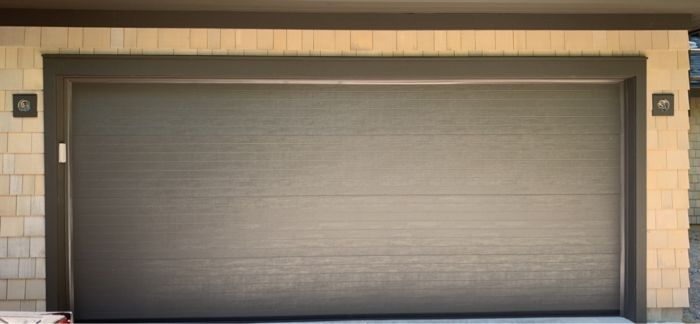Garage Door Repair Laguna Hills CA sensors play a crucial role in ensuring the safety and proper functioning of your garage door system. These sensors detect obstacles or obstructions in the door’s path, preventing accidents and damage. If you’re experiencing issues with your garage door sensors, rewiring them can often resolve the problem.

This comprehensive guide will walk you through the process step by step.
Tools and Materials You’ll Need:
- Screwdriver set
- Wire strippers
- Wire nuts
- Electrical tape
- Replacement wires (if necessary)
- Safety gloves and glasses
Step 1: Safety First Before you start any electrical work, prioritize safety. Put on safety gloves and glasses to protect yourself from potential hazards. Additionally, disconnect the power to your garage door opener to prevent any accidental activations during the rewiring process.
Step 2: Identify the Problem Determine whether the issue lies with the sensors themselves or with the wiring. Inspect the sensors for dirt, misalignment, or physical damage. If you’ve confirmed that the wiring is causing the problem, proceed with the rewiring process.
Step 3: Gather Information Refer to your garage door opener’s manual or the manufacturer’s guidelines to understand the sensor wiring configuration specific to your model. This information will be crucial during the rewiring process.
Step 4: Remove Old Wiring Using a screwdriver, carefully remove the housing cover of the sensors. Once exposed, disconnect the old wiring from both the sensors and the opener’s control unit. Take note of how the wires were connected for reference when rewiring.
Step 5: Prepare New Wiring If the existing wires are damaged or need replacement, use wire strippers to remove the insulation from the ends of the new wires. Strip only enough insulation to ensure a secure connection.
Step 6: Identify Wire Colors Typically, garage door sensors have color-coded wires: black/white or white/white for one sensor, and black/white or white/white for the other. Ensure you correctly identify these wire colors before proceeding.
Step 7: Connect the Wires Follow the manufacturer’s wiring diagram or your notes from Step 4 to correctly connect the wires. Usually, black or colored wires correspond to the hot or positive connection, while white wires correspond to the neutral or negative connection.
Step 8: Secure Connections Use wire nuts to securely connect the wires. Twist the wires together, place a wire nut over the connection, and twist the nut clockwise until tight. Wrap the connections with electrical tape to provide additional protection.
Step 9: Reassemble the Sensors Carefully place the housing covers back onto the sensors and secure them with screws. Ensure the sensors are aligned properly and facing each other, as their alignment is crucial for accurate obstruction detection.
Step 10: Test the Sensors Reconnect the power to the garage door opener and test the sensors by closing and opening the garage door. If the sensors are working correctly, the door should stop and reverse if an obstruction is detected.
Step 11: Adjust if Necessary If the door doesn’t respond as expected, inspect the sensor alignment and reposition them if needed. Also, double-check the wiring connections for any loose or improperly connected wires.
Step 12: Final Check Once the sensors are functioning correctly, perform a final inspection of the wiring and connections. Ensure all components are secure and that there are no exposed wires.
By following this detailed guide, you can successfully rewire your Garage Door Repair Laguna Hills CA sensors and restore their proper functionality. Remember, if you encounter any difficulties or are unsure about any steps, consider seeking assistance from a professional garage door technician. Properly functioning sensors are crucial for the safety and efficiency of your garage door system.
Laguna Hills Garage & Overhead Doors
25361 McIntyre St #5, Laguna Hills, CA 92653, United States
1-949-776-5549
